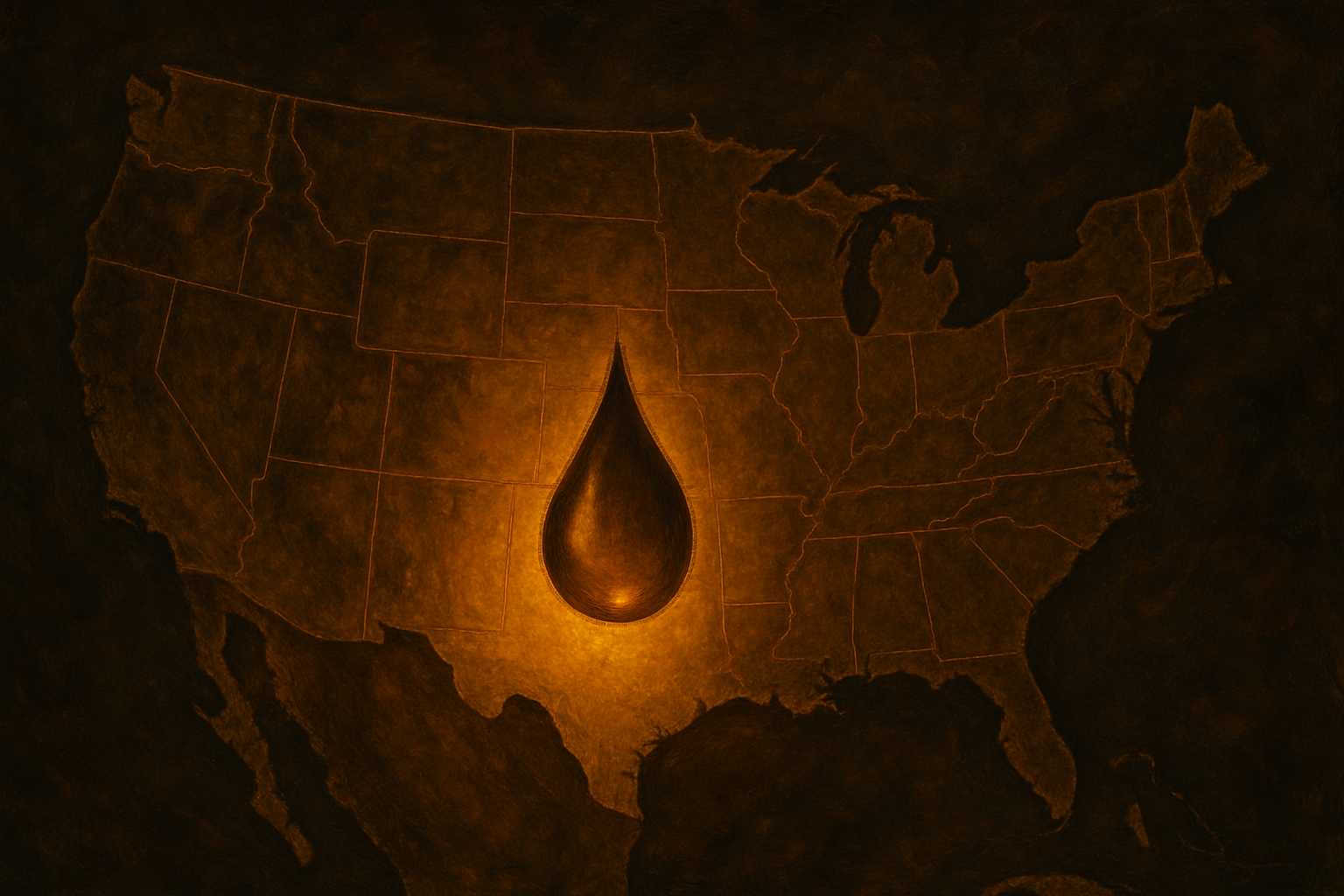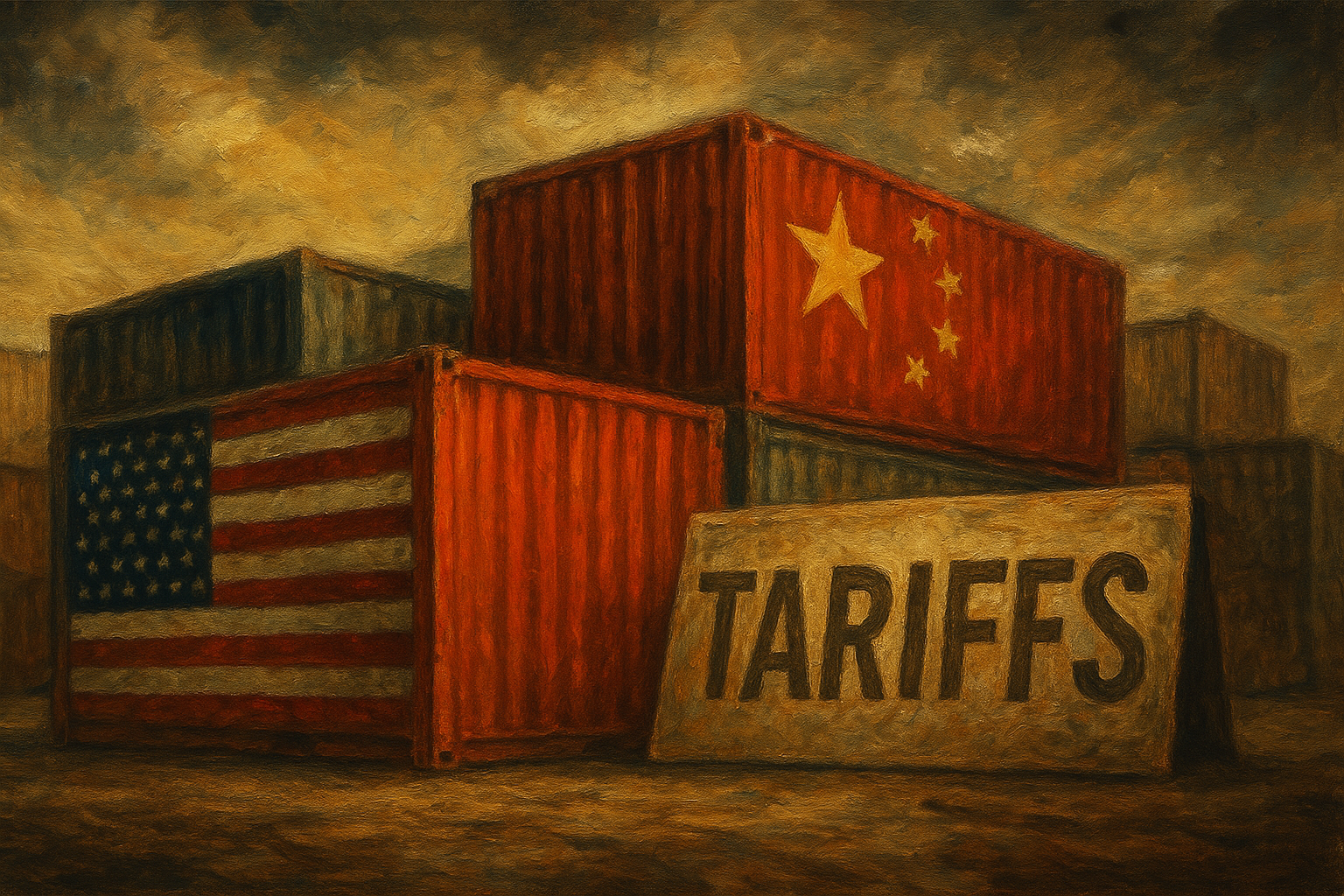In the early months of 2025, President Donald Trump returned to the White House and moved quickly to reassert America’s supremacy over global energy. “We will unleash American energy like never before,” he declared, vowing to restore what he called energy dominance by removing “every barrier” to fossil fuel production. Within days, he had signed executive orders fast-tracking pipelines, expanding drilling on public lands, and reversing climate regulations - framing it as a war on “green tyranny” and “globalist energy constraints”.
But as the political machine roared back to life in Washington, something was unfolding underground. Not a dramatic collapse, but a subtle turning point. Hidden in the data, obscured by political noise and economic distraction, is mounting evidence that U.S. shale oil - the unconventional juggernaut that fuelled more than a decade of global energy growth - is entering a period of prolonged stagnation.
Whether we are witnessing an outright peak or the early contours of a plateau that will precede eventual decline, one thing is increasingly clear:
The era of cheap, rapid, high-return shale growth is ending. And the consequences will ripple through every corner of the global economy.
The Trump 2.0 administration's resort to tariffs looks increasingly like an attempt to defend the U.S. dollar and economy from the dire implications. For over a decade, U.S. shale exports helped stabilise America’s trade balance. Oil flowed out, dollars flowed in, and the illusion of a strong current account held together - even as goods deficits widened. That illusion is now fading. As shale production plateaus and exports level off, the U.S. loses a critical source of trade surplus. The dollar becomes more fragile. The entire scaffolding of energy-backed monetary dominance begins to tremble.
Tariffs, in this context, are not just protectionist theatre. They are a blunt macroeconomic tool - a way to artificially suppress imports and mask the underlying erosion of the energy-export engine. They function as a crude ballast for an American-dominated trade system that no longer floats on its own.
A Turning Point Hidden in Plain Sight
In its July 2025 Short-Term Energy Outlook, the U.S. Energy Information Administration quietly revised its crude oil production forecast. After hitting an all-time high of 13.4 million barrels per day (mb/d) in the second quarter of this year, U.S. output is projected to drift slightly lower - falling below 13.3 mb/d by the end of 2026. The annual average is now expected to remain flat for two consecutive years.
This may sound trivial - a mere rounding error in a vast system. But in the context of nearly uninterrupted growth since the shale revolution began in the late 2000s, it marks a sharp inflection. For the first time in a generation, the U.S. oil system is no longer expanding. And it's doing so at a moment when oil prices remain relatively elevated, suggesting the issue is not demand, but deeper constraints in the supply engine itself.






